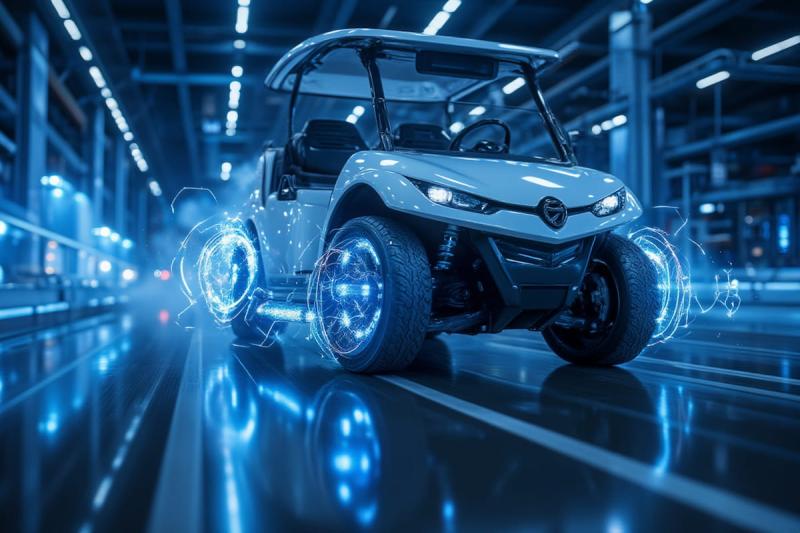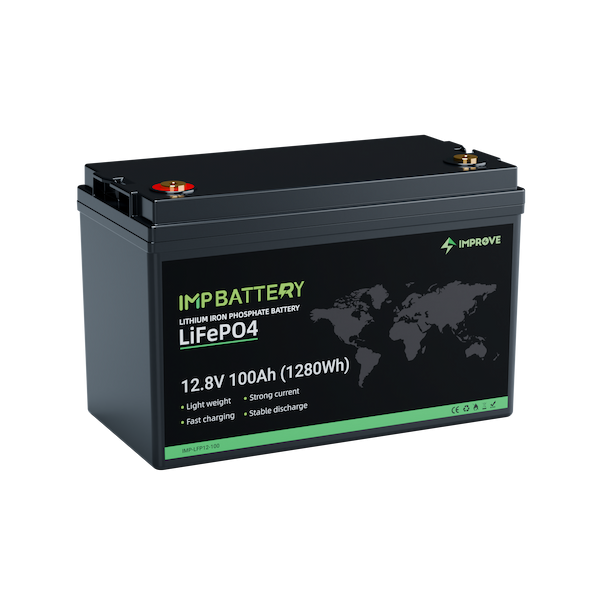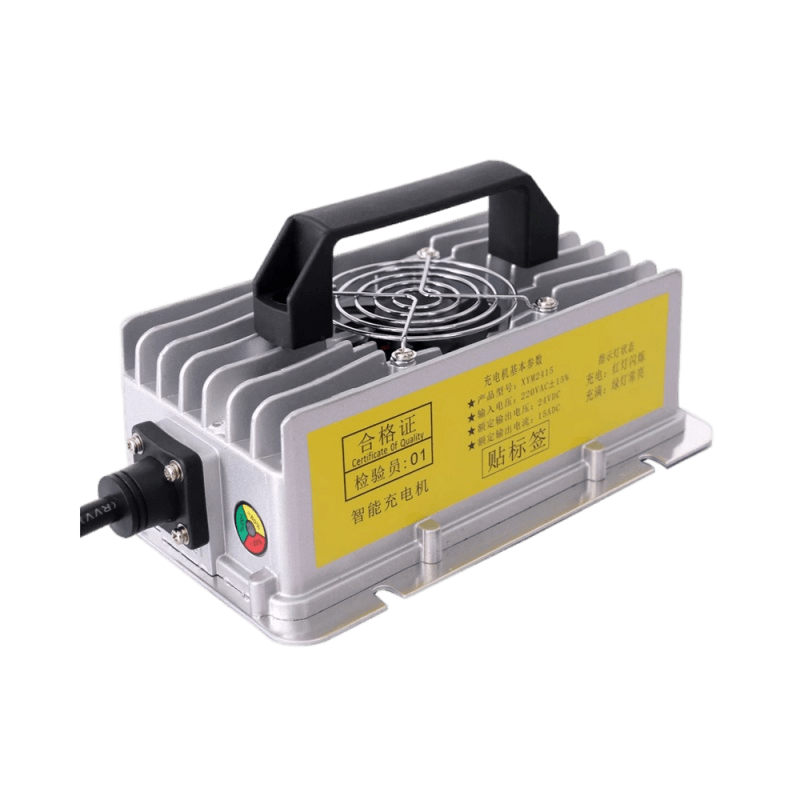The full name of LiFePO4 battery is lithium iron phosphate lithium ion battery, this name is too long, referred to as lithium iron phosphate battery for short. Because its performance is particularly suitable for power applications, the word "power" is added to the name, that is, LiFePO4 battery. Some people call it "LiFePO4 power battery".
significance
In the metal trading market, cobalt (Co) is the most expensive and has a small storage capacity, nickel (Ni) and manganese (Mn) are cheaper, and iron (Fe) is the cheapest. The price of the cathode material is also consistent with the price of these metals. Therefore, lithium-ion batteries made of LiFePO4 battery cathode materials should be the cheapest. Another feature of it is that it does not pollute the environment.
The requirements for charging LiFePO4 batteries are: high capacity, high output voltage, good charge-discharge cycle performance, stable output voltage, high-current charge and discharge, electrochemical stability, and safety in use (not due to overcharge, overdischarge and short circuit Burning or explosion caused by improper operation), wide operating temperature range, non-toxic or less toxic, and non-polluting to the environment. Lithium iron phosphate batteries using LiFePO4 as the positive electrode are good in these performance requirements, especially in high discharge rate discharge (5~10C discharge), discharge voltage is stable, safety (no combustion, no explosion), and life (number of cycles) ). It is the best in terms of no pollution to the environment, and is currently the best high-current output power battery.
Structure and working principle
The internal structure of the LiFePO4 battery is shown in Figure 1. On the left is LiFePO4 with olivine structure as the positive electrode of the battery, which is connected with the positive electrode of the battery by aluminum foil, and the polymer separator in the middle separates the positive electrode from the negative electrode, but the lithium ion Li+ can pass through but the electron e- cannot pass. The negative electrode of the battery composed of carbon (graphite) is connected to the negative electrode of the battery by copper foil. Between the upper and lower ends of the battery is the electrolyte of the battery, and the battery is hermetically sealed by a metal casing.
Figure 1 Internal structure of LiFePO4 battery
When the LiFePO4 battery is charged, the lithium ion Li+ in the positive electrode migrates to the negative electrode through the polymer separator; during the discharge process, the lithium ion Li+ in the negative electrode migrates to the positive electrode through the separator. Lithium-ion batteries are named after lithium ions move back and forth during charging and discharging.
Main performance
The nominal voltage of the LiFePO4 battery is 3.2V, the final charging voltage is 3.6V, and the final discharge voltage is 2.0V. Due to the different quality and technology of the positive and negative materials and electrolyte materials used by various manufacturers, there will be some differences in their performance. For example, the battery capacity of the same model (standard battery in the same package) is quite different (10%~20%).
The main performance of lithium iron phosphate power battery is listed in Table 1. In order to compare with other rechargeable batteries, the performance of other types of rechargeable batteries is also listed in the table. What I want to explain here is that lithium iron phosphate power batteries produced by different factories have some differences in various performance parameters; in addition, some battery performance is not listed, such as battery internal resistance, self-discharge rate, charge and discharge temperature, etc.
Table 1 Main performance parameters of lithium iron phosphate power battery
There is a big difference in the capacity of lithium iron phosphate power batteries, which can be divided into three categories: small-scale a few to several milliamperes, medium-scale tens of milliamp-hours, and large-scale hundreds of milliamp-hours. Similar parameters of different types of batteries also have some differences. Here we will introduce the parameters of a small standard cylindrical packaged lithium iron phosphate power battery that is currently widely used. Its external dimensions: diameter 18mm, height 650mm (model 18650), its parameter performance is shown in Table 2.
Table 2 Parameters of small standard cylindrical packaged lithium iron phosphate power battery
Over discharge to zero voltage test
STL18650 (1100mAh) lithium iron phosphate power battery was used for over-discharge to zero voltage test. Test conditions: Fully charge the 1100mAh STL18650 battery with a 0.5C charge rate, and then discharge it with a 1.0C discharge rate until the battery voltage is 0C. The 0V batteries are divided into two groups: one group is stored for 7 days, the other group is stored for 30 days; after the storage expires, it is fully charged with 0.5C charging rate, and then discharged with 1.0C. Finally, compare the difference between the two zero-voltage storage periods.
The result of the test is that the battery has no leakage after 7 days of storage at zero voltage, with good performance, and the capacity is 100%; after 30 days of storage, there is no leakage, with good performance, and the capacity is 98%; the battery after 30 days of storage is subjected to 3 charge-discharge cycles. The capacity has returned to 100%.
This test shows that even if the battery is over-discharged (even to 0V) and stored for a certain period of time, the battery will not leak or be damaged. This is a feature that other types of lithium-ion batteries do not have.








